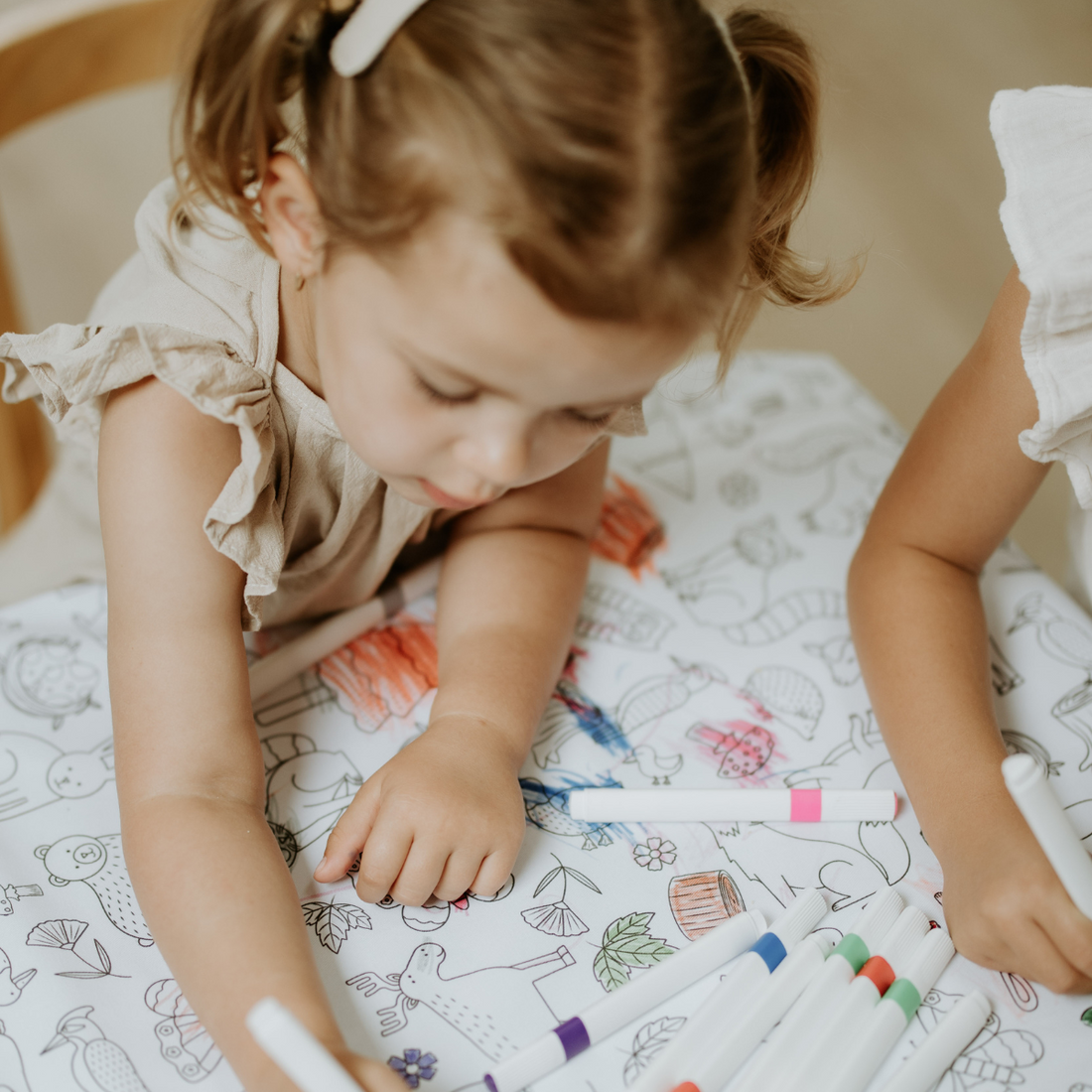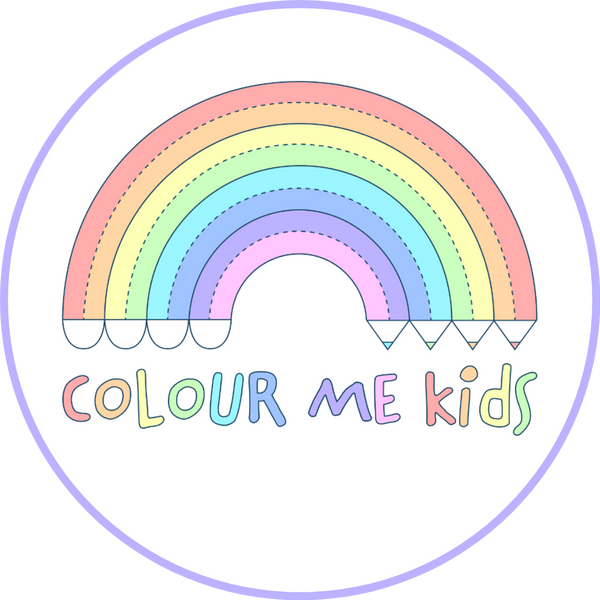
The importance of creative play
Share
In a world increasingly dominated by screens and structured activities, creative play often gets pushed to the sidelines. Yet, for children, creative play is not just fun; it’s an essential aspect of their development. It allows children to explore, imagine, and interact with the world around them, fostering skills that are crucial for their cognitive, emotional, and social growth. Let’s delve into why creative play is so important and how parents can encourage it in their children’s lives.
What is Creative Play?
Creative play refers to activities where children use their imagination and inventiveness without predefined rules or outcomes. It includes drawing, building, role-playing, storytelling, and crafting. Unlike structured play or formal education, creative play is child-led, giving kids the freedom to explore their ideas and express themselves in unique ways. Whether it’s transforming a cardboard box into a spaceship or crafting a story with their toys, the possibilities are endless.
Cognitive Benefits of Creative Play
Creative play engages and develops a child’s brain in numerous ways:
Problem-Solving Skills: When children engage in creative play, they often face challenges—how to build a stable tower, what color to use in their drawing, or how to navigate a storyline. Solving these problems helps them develop critical thinking and decision-making skills.
Language Development: Through storytelling and role-playing, children practice their vocabulary, experiment with new words, and learn to communicate their thoughts effectively.
Enhancing Focus and Patience: Activities like coloring or constructing with blocks require attention to detail and perseverance, helping children develop focus and patience.
Stimulating Innovation: Creative play encourages children to think outside the box, fostering a mindset of innovation and curiosity that benefits them throughout life.
Emotional Growth Through Creativity
Creative play is a powerful tool for emotional development:
Self-Expression: Art, music, and imaginative play provide an outlet for children to express their feelings and ideas, especially when they may not have the vocabulary to articulate them.
Building Confidence: Completing a craft project or creating something original can instill a sense of pride and accomplishment in a child, boosting their self-esteem.
Processing Emotions: Creative play offers children a safe space to process complex emotions. For instance, acting out scenarios through dolls or drawing pictures of their feelings can help them understand and manage emotions effectively.
Social Skills and Collaboration
Creative play often involves interacting with others, fostering key social skills:
Teamwork and Sharing: Collaborative activities like building a LEGO structure with friends or creating a group painting teach children to work together, share resources, and compromise.
Understanding Perspectives: Role-playing as different characters allows children to step into someone else’s shoes, cultivating empathy and understanding.
Conflict Resolution: When disagreements arise during group play, children learn negotiation and problem-solving skills, which are invaluable in real-life situations.
Physical Development
While it’s easy to associate creative play with cognitive and emotional growth, it also has physical benefits:
Fine Motor Skills: Activities like coloring, cutting, or threading beads improve dexterity and hand-eye coordination.
Gross Motor Skills: Larger creative projects, such as building forts or engaging in imaginative outdoor play, help develop gross motor skills and overall physical fitness.
How to Encourage Creative Play at Home
Fostering creative play doesn’t require expensive toys or elaborate setups. Here are some simple strategies:
Provide Open-Ended Materials: Stock up on items like crayons, paper, blocks, cardboard boxes, and non-toxic markers. These tools encourage exploration and imagination.
Create a Dedicated Play Space: Set up a corner in your home where children can freely engage in creative activities without worrying about making a mess.
Limit Screen Time: Reducing reliance on screens opens up time for more imaginative play.
Join In: Participate in creative play with your child, whether it’s painting, crafting, or pretending to be astronauts. Your involvement can enhance their experience and strengthen your bond.
Encourage, Don’t Direct: Allow your child to take the lead during play. Resist the urge to impose your ideas or correct them, as this can stifle their creativity.
The Long-Term Impact of Creative Play
The benefits of creative play extend far beyond childhood. Adults who had opportunities for creative play as children are often better equipped to think critically, adapt to challenges, and approach problems creatively. These skills are invaluable in today’s fast-paced and ever-changing world.
Most importantly, creative play fosters a love for learning. When children see the world as a place of endless possibilities, they’re more likely to approach new experiences with enthusiasm and curiosity—a mindset that serves them well in school, work, and life.
Creative play is more than just a pastime; it’s a cornerstone of child development. It nurtures imagination, builds critical life skills, and helps children grow into well-rounded, confident individuals. As parents and caregivers, encouraging creative play is one of the greatest gifts we can give our children. So, set out the art supplies, build a pillow fort, or let your child lead the way in a make-believe adventure. In their world of creativity, they’re not just playing—they’re learning, growing, and becoming the best versions of themselves!






